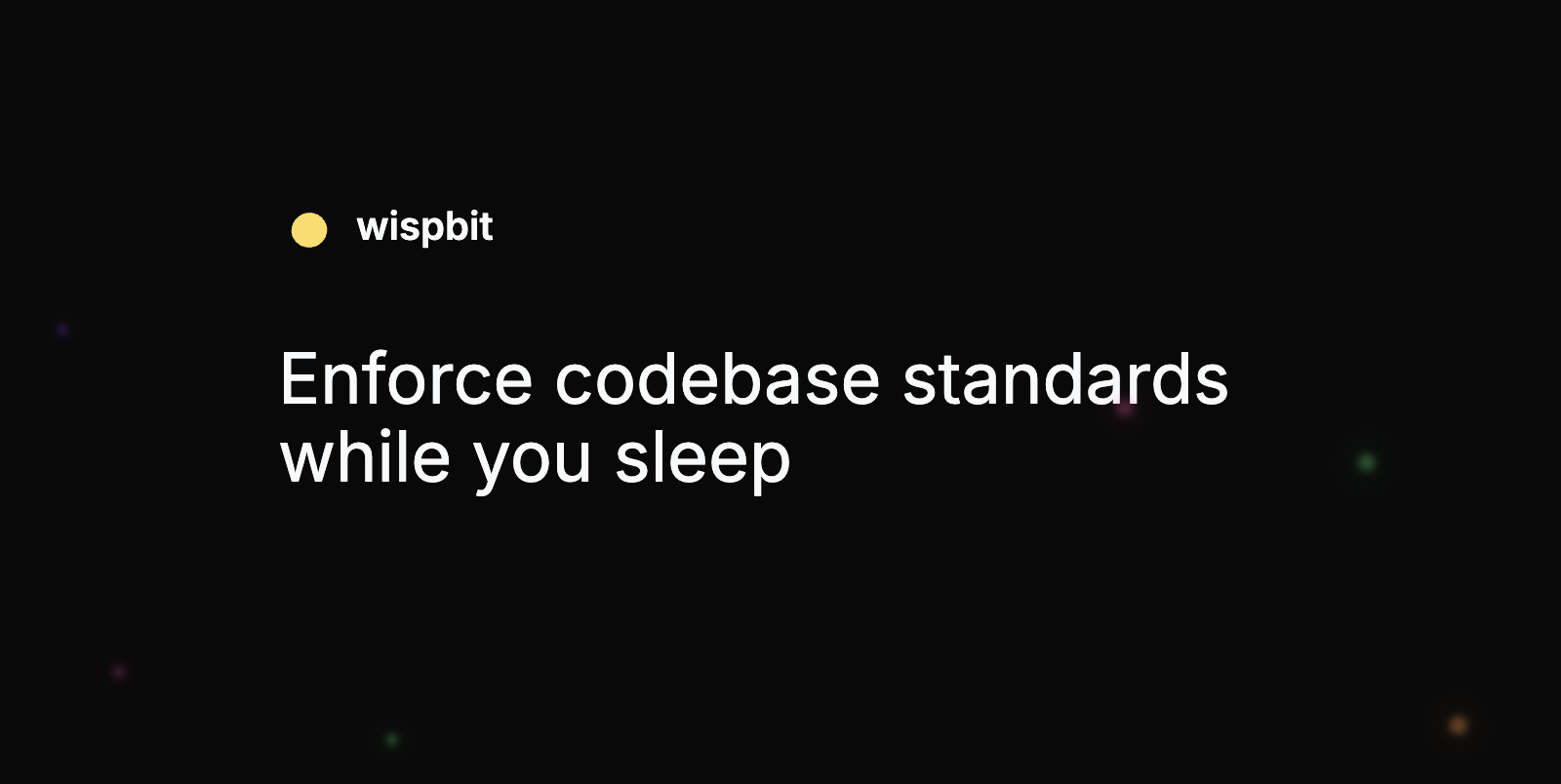DevOps Articles
Curated articles, resources, tips and trends from the DevOps World.
7 Expert Tips For Strategic Vendor Selection and Procurement | UpGuard

Summary: This is a summary of an article originally published by the source. Read the full original article here →
Strategic vendor selection is becoming increasingly important as https://www.upguard.com/blog/what-is-the-digital-supply-chain expand and organizations become more comfortable relying on third-party vendors to deliver critical business products and services. Keep reading to learn how to craft an effective vendor selection process and evaluate potential partnerships using critical vendor selection criteria.
The Vendor Selection Process (also referred to as the vendor procurement process) is a series of steps organizations use to assess business needs, determine product or service requirements, and source third-party partnerships that fulfill these needs and requirements.
A complete RFI document will include five essential sections: Organization information (the requesting organization’s company name, address, point of contact, and contact information) Request overview (detailed explanation of what products or services the organization is after and why the organization believes the vendor can help them) Information requested (detailed description of the specific information the organization is requesting from the vendor, including any certifications, compliance requirements, or metrics needed) Organization expectations (the scope of information the organization is expecting to receive and the timeline the organization expects to receive it by) Clarification of needs (extra information that may be useful to the vendor as they complete the request) Determine Vendor Selection Criteria
At this stage in the vendor selection process, organizations will likely notice disparities between vendors, the services or products they offer, and even their level of professionalism.
Product
Useful Links
Made with pure grit © 2025 Jetpack Labs Inc. All rights reserved. www.jetpacklabs.com





